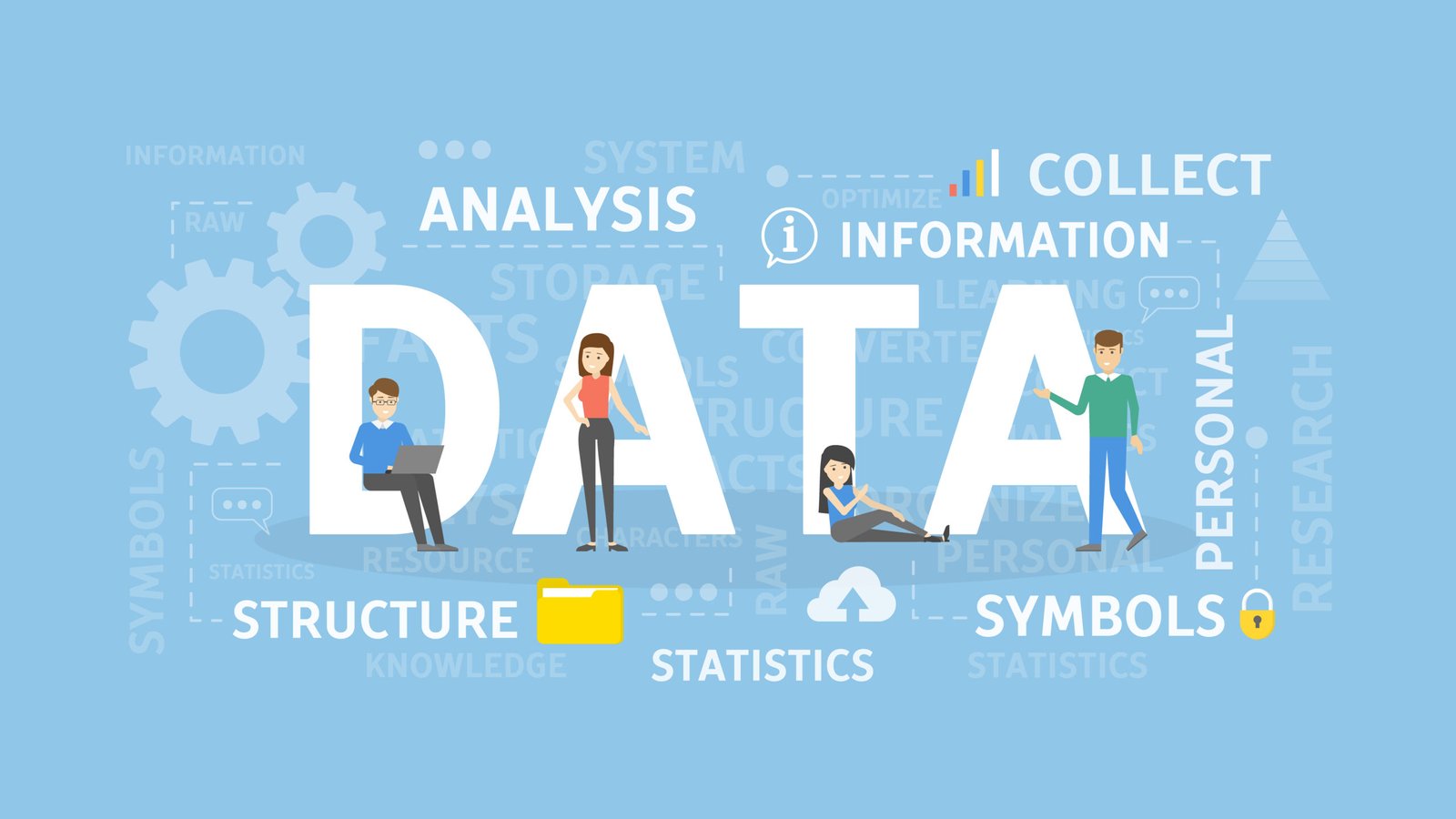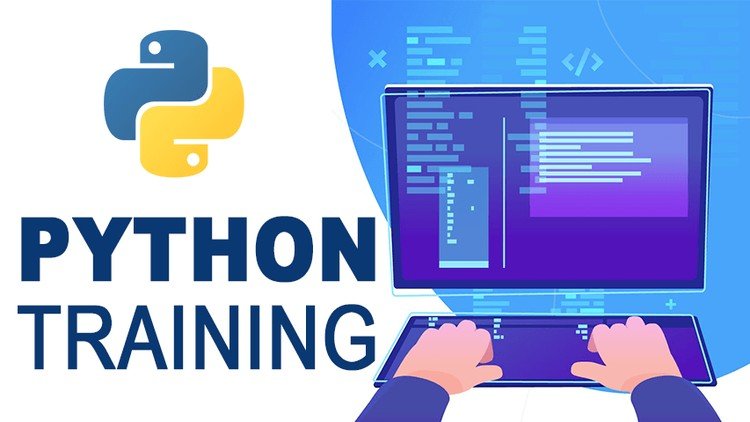How Python is Revolutionizing Data Analytics
Introduction to Python in Data Analytics
Python has become a buzzword in the world of data analytics. But why? Python is an open-source, high-level programming language that has gained immense popularity, especially in data analytics and scientific computing. Its simplicity, combined with its powerful libraries, makes it a go-to tool for data professionals. So, what makes Python stand out?
Why is Python Popular in Data Analytics?
Python is easy to learn and read, which is a huge advantage for analysts who aren’t traditional coders. Unlike other programming languages, Python allows analysts to focus more on problem-solving rather than on the technicalities of coding. Its robust libraries, flexibility, and large community support have positioned it as a revolutionary tool in data analytics.
Historical Context of Python’s Growth in Data Science
Early Uses of Python
Python’s journey started in the late 1980s, and while it wasn’t initially designed for data analytics, it quickly adapted to various fields. It first found its place in web development and software engineering but gradually made inroads into scientific computing, thanks to the growing need for data analysis.
Python’s Role in the Rise of Big Data
The explosion of big data in the 2010s further cemented Python’s role in the data analytics space. Companies needed tools that could handle large datasets, and Python, with its powerful libraries, became the go-to language for data scientists and analysts worldwide.
The Versatility of Python for Data Analytics
Python as a General-Purpose Language
What makes Python unique is its versatility. It can be used for everything from web development to automating repetitive tasks. In data analytics, Python’s wide range of libraries, combined with its flexibility, allows it to be used for everything from cleaning and analyzing data to building complex machine learning models.
Benefits of Using Python for Data Analytics
- Flexibility: Python can be used across different platforms and applications.
- Community Support: A massive global community contributes to Python’s continuous development, which ensures its reliability.
- Ease of Integration: Python integrates seamlessly with other languages and databases, making it a fantastic tool for data analytics.
Popular Python Libraries for Data Analytics
NumPy: Powering Numerical Data
NumPy is the fundamental package for scientific computing with Python. It adds support for large multidimensional arrays and matrices, which makes numerical computations easier and faster.
Pandas: The Workhorse of Data Manipulation
If you’ve worked with data in Python, you’ve probably used Pandas. It is the go-to library for data manipulation, cleaning, and analysis. Pandas simplifies working with large datasets by providing tools to handle missing data, filter and sort data, and perform aggregate functions.
Matplotlib and Seaborn: Visualizing Data Made Easy
Data visualization is an essential part of analytics, and Python’s Matplotlib and Seaborn libraries are perfect for this. With these libraries, you can create a wide variety of plots and graphs, making it easier to understand and present your data.
SciPy: Advanced Scientific Computations
SciPy is built on top of NumPy and adds functionality for solving advanced mathematical problems like optimization, integration, and signal processing.
Scikit-learn: Machine Learning Made Simple
Scikit-learn is a library that makes implementing machine learning models accessible. With Scikit-learn, you can quickly build predictive models, including regression, classification, and clustering algorithms.
How Python Eases Data Wrangling
Understanding Data Wrangling
Data wrangling is the process of transforming and mapping data from raw formats into more refined formats for analysis. It’s a complex and tedious task, but Python simplifies it.
How Python Simplifies Complex Tasks
Python, with libraries like Pandas and NumPy, makes it incredibly easy to clean, sort, and manipulate data. What would take hours in Excel can often be done in just a few lines of Python code.
Python’s Role in Big Data Processing
Handling Large Datasets Efficiently
As data sizes grow, processing speed becomes crucial. Python, combined with big data technologies like Hadoop and Spark, provides powerful tools for processing large datasets efficiently.
Python with Hadoop and Spark
Python integrates well with big data frameworks like Hadoop and Spark, enabling efficient distributed data processing. This allows for handling large-scale data analytics tasks quickly and efficiently.
Data Visualization: Telling Stories with Python
Importance of Data Visualization
Data visualization is a key part of analytics. It allows you to communicate your insights more effectively. Instead of just numbers, visualization helps you tell a story that your audience can easily understand.
Python’s Visualization Capabilities
With libraries like Matplotlib, Seaborn, and Plotly, Python offers powerful tools for creating rich, interactive visualizations. Whether it’s a simple bar chart or an advanced 3D plot, Python’s visualization libraries can handle it.
Python in Predictive Analytics
What is Predictive Analytics?
Predictive analytics involves using data, statistical algorithms, and machine learning techniques to identify the likelihood of future outcomes. It’s essential for businesses to make data-driven decisions.
Python’s Role in Developing Predictive Models
Python makes predictive analytics easier. With Scikit-learn and TensorFlow, you can develop sophisticated models to predict future trends based on historical data.
Python’s Impact on Machine Learning in Data Analytics
Machine Learning Basics
Machine learning is a subset of artificial intelligence where systems learn from data and improve their performance without being explicitly programmed.
Python’s Contribution to Machine Learning and AI
Python, with libraries like TensorFlow, PyTorch, and Scikit-learn, has become the go-to language for machine learning. Its simplicity and large ecosystem of libraries make it ideal for building AI models.
Automating Data Analytics with Python
How Automation is Changing Data Analytics
Automation in data analytics is a game-changer. Instead of spending time on repetitive tasks, Python allows analysts to automate data collection, cleaning, and even reporting.
Python’s Role in Automation
With Python, you can automate almost every part of the data analytics pipeline—from data extraction to report generation—saving time and reducing human error.
Python for Real-Time Data Analytics
The Importance of Real-Time Analytics
Real-time data analytics provides immediate insights, helping businesses make instant decisions. This is critical in industries like finance and retail, where real-time data is essential.
Python Tools for Real-Time Data Processing
Python, along with libraries like Apache Kafka and Dask, allows for real-time data streaming and processing, making it easier to act on data as it arrives.
Why Python is Perfect for Beginners in Data Analytics
Learning Curve of Python
Python’s simple and readable syntax makes it an ideal language for beginners. Unlike other programming languages, Python doesn’t require extensive coding knowledge, making it easier to pick up.
Resources for Learning Python
There are countless online resources, courses, and communities available for learning Python, making it accessible to anyone interested in data analytics.
Challenges of Using Python in Data Analytics
Memory Consumption Issues
One of the drawbacks of Python is its memory consumption. Large datasets can sometimes overwhelm Python’s memory management, leading to slower performance.
Execution Speed Limitations
While Python is powerful, it is slower compared to some other languages like C++ or Java. For highly computational tasks, this can be a limitation, although there are ways to mitigate this issue.
Python vs. Other Data Analytics Tools
R vs. Python: Which One is Better?
R has been traditionally favored for statistical analysis, but Python has surpassed it in popularity due to its versatility and broader range of applications.
Comparison with Other Popular Languages
Compared to other languages like SAS or MATLAB, Python stands out for its open-source nature, extensive library support, and ease of use, making it a better choice for data analytics.
The Future of Python in Data Analytics
Emerging Trends in Python Development
Python continues to evolve, with improvements in machine learning, data science, and artificial intelligence. New libraries and frameworks are constantly being developed, expanding Python’s capabilities.
Predictions for Python in Data Analytics
As businesses increasingly rely on data-driven decision-making, Python will likely continue to be the dominant language in data analytics, with a growing influence in machine learning and AI.
Conclusion
Python has truly revolutionized data analytics. From simplifying data wrangling to powering machine learning models, Python’s versatility, powerful libraries, and ease of use make it an indispensable tool for data professionals. Whether you’re a beginner or an expert, Python offers something for everyone, ensuring it will continue to be a driving force in the future of data analytics.
FAQs
- Why is Python the best language for data analytics?
Python’s simplicity, wide array of libraries, and ability to handle various data analytics tasks make it the best choice for both beginners and professionals. - Which Python library is best for data visualization?
Libraries like Matplotlib, Seaborn, and Plotly are excellent for creating insightful data visualizations. - Can Python handle big data?
Yes, Python, when used with big data frameworks like Hadoop and Spark, can efficiently handle large datasets. - Is Python better than R for data analytics?
Python offers broader functionality compared to R, making it more versatile. However, R is still widely used for specific statistical tasks. - How long does it take to learn Python for data analytics?
With dedication, you can start using Python for basic data analytics within a few months. However, mastering it could take a year or more. Want to learn more about Python ? Enroll for FREE 7 Days Master Class in Python







